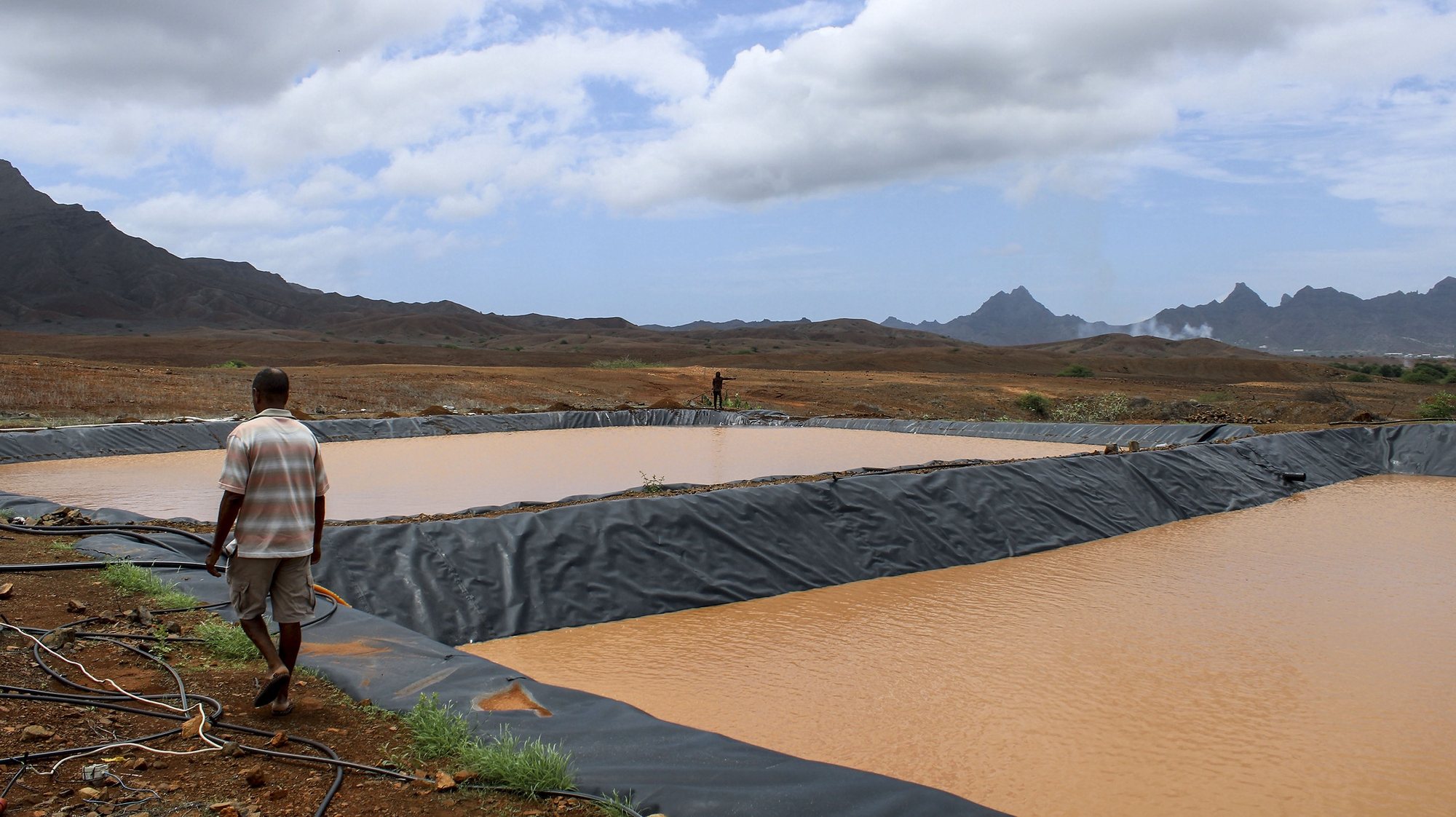
The natural groundwater recharge reservoirs in Cape Verde are at the “minimum limit” of their capacities, due to the lack of rain in recent years, the president of the National Water and Sanitation Agency (ANAS) said Thursday.
“Due to the lack of rainfall recorded in recent years, there was no recovery of the volumes of water in the main reservoirs for the natural recharge of groundwater, which are at the minimum limit of their capacities,” said Cláudio Santos, in Praia, at a press conference on the 2022/2023 agricultural campaign.
The president of ANAS said that most of the Cape Verdean river basins are characterized by the absence of permanent watercourses and that it is only possible to guarantee a continuous supply of water for public supply and irrigation, using the groundwater table, during the dry months. .
This official said that the dams and the main rocks that feed the holes, wells and springs are at their “minimum”, compared to historically measured volumes, showing a “marked decrease” in the capacity to store groundwater.
“The decrease in the availability of groundwater translates into a reduction in the production capacity of wells, springs and wells, perceived through the reduction in their exploration flow, as well as in the evolution or increase in electrical conductivity, or salinity of the mobilized waters. water,” he noted.
The president also said that ANAS has verified that the tributary flows of the main water points remained close to the minimum flows measured historically, with a decrease in storage capacity, that is, that the main hydrographic basins of Cape Verde present a downward trend. the production flow.
“In summary, we can say that the electrical conductivity of most water points tends to increase in recent years and the flows of the main wells, wells and springs tend to decrease,” he said, noting that the institution he leads has the commitment to hydrological control and management throughout the archipelago.
“To guarantee the necessary balance in the exploitation of groundwater and in the proper management of water points, mainly wells and wells, whose tendency, due to years of drought, has been to overexploitation,” he added.
In January 2020, ANAS presented an annual report, noting that the country registered physical water losses of more than six million cubic meters throughout 2017, and the authorities promised to overcome this challenge with investments.
According to the document, that year the country registered 17,378,471 cubic meters of water entering the supply system, but in the same period it invoiced 10,983,368 cubic meters of that total, which is equivalent to physical losses of 6,395,103 cubic meters of water per year. , in a country where rainfall is irregular and faces years of drought.
In 2018, the then president of the organization, Miguel Moura, said that the country’s dams had less than 3.6% of their water capacity, due to the lack of rain that year and the Government again appealed to the population for “sustainable behavior ”. and the “rational use” of water.
Source: Observadora